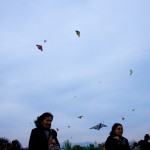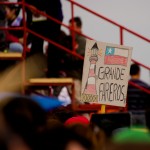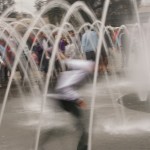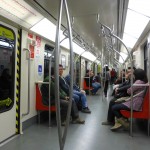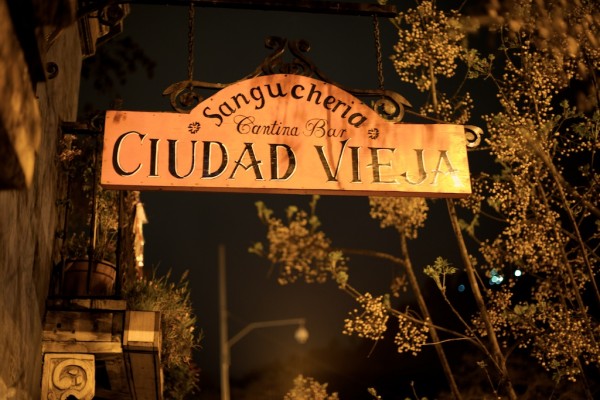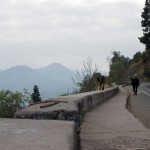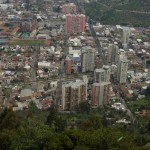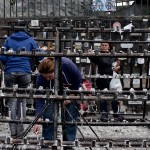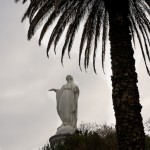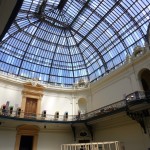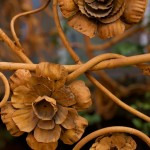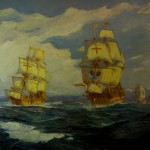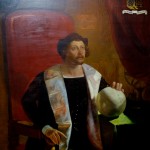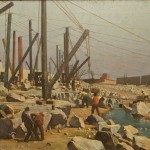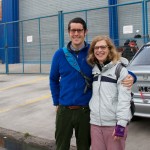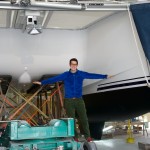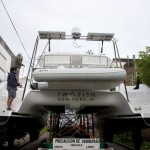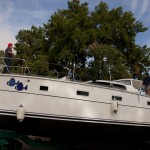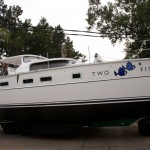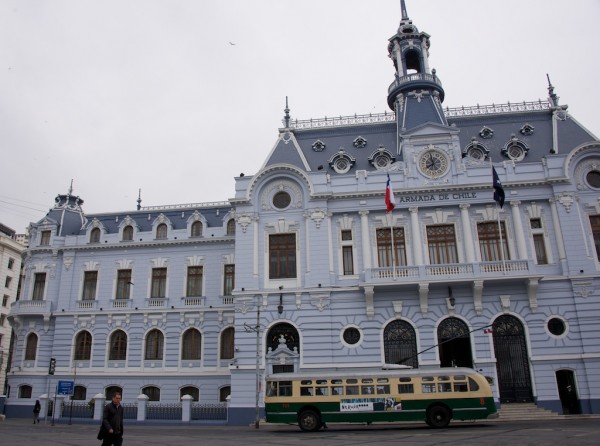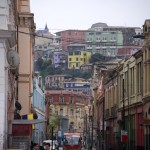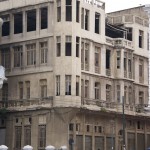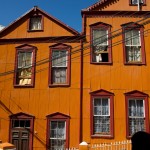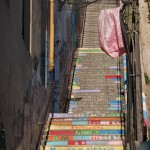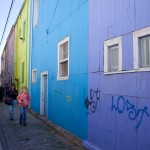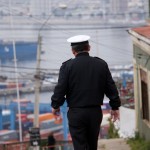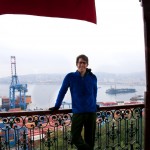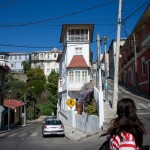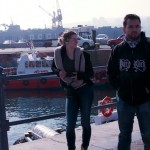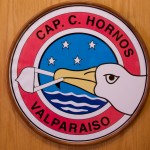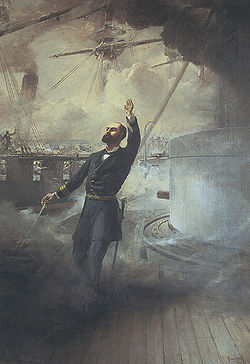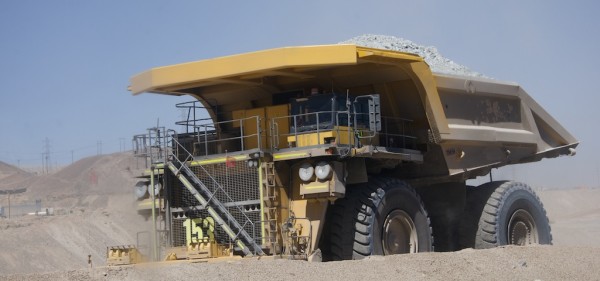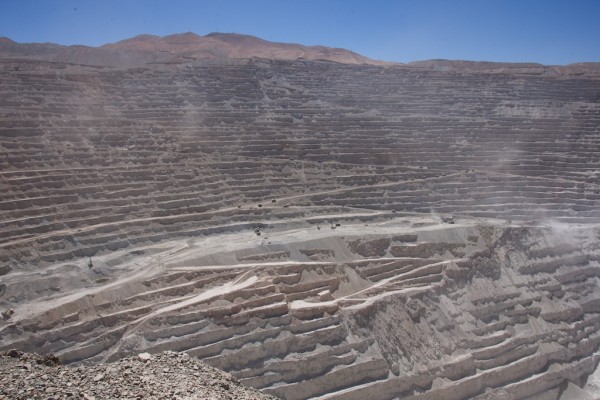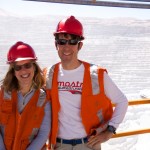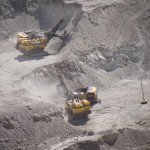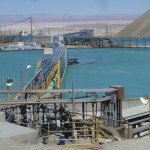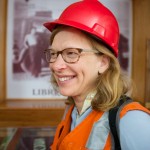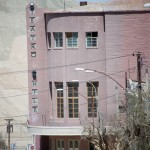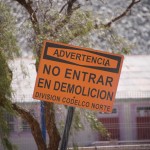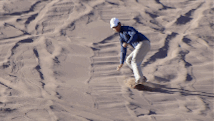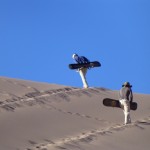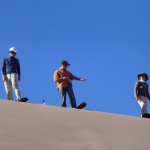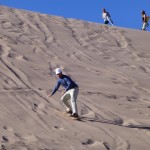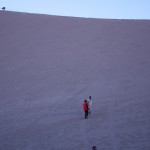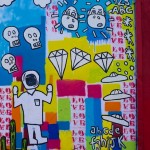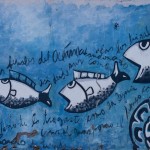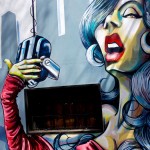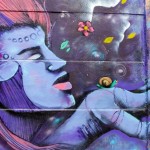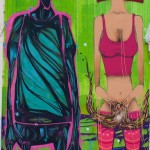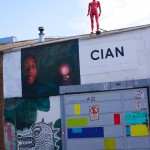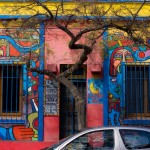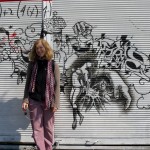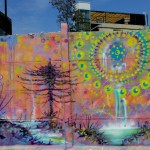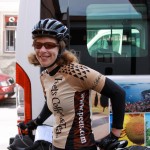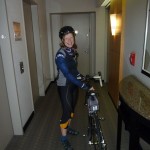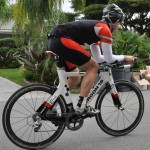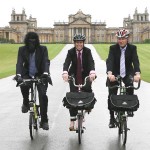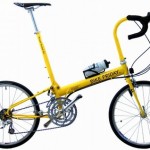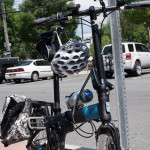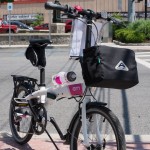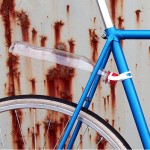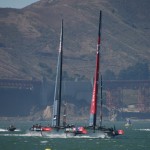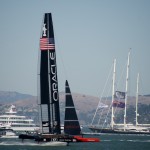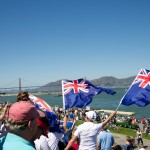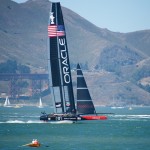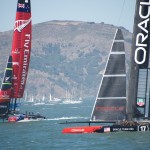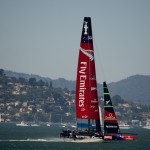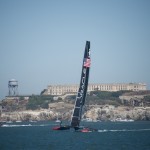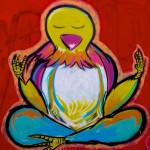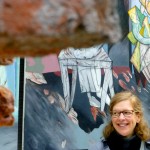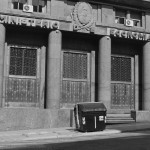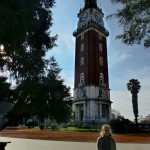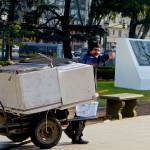“Is the relationship between Sydney and Auckland like that between Buenos Aires and Santiago?” I asked Gail as we began to explore the empty streets of Santiago during Chile’s major holiday week. I pled my case about rival cities of the Southern hemisphere; conservative vs liberal residents and treatment of the indigenous population. It was a heap of uninformed baloney as I had not realized there are 6 million residents of Chile. That is 1.5 times the entire population of New Zealand. My juxtaposition was way off base and I needed to open my eyes and prepare to enjoy a Santiago that I had not expected.
Our plan was to mimic the format of the NY Times 36 hours articles. However, we have less energy than the NY Times writers and budgeted 4 days to accomplish this.
Army Day
Our first order of duty was to visit the annual Army Day parade. Army Day is a big deal for the Chileans and the whole country is on vacation, except the guys in the Army who have to march about. The locals were enjoying asados (BBQ), flying kites and watching the parade. Picnic foods were hot dogs with avocado, fruit juices, steak sandwich and lots of empanadas. This is such a big deal that the parade is on TV for hours and they fly many jets over the audience. Views are pretty limited so it is key to bring a distraction, which most people did by flying kites. There had to be 100 kites airborn at once! After the Army parade it was clear Santiagoans are family oriented people, however, I am not sure what they think of the Army.
- Go Fly a Kite
- Parade and a Protest (Support for Lighthouse Keepers)
- Kids playing at Army Day
Subway
Mass transit is a great way to learn about a city and do some good people watching. When riding the Russian subway I was amazed by the beautiful communist art in many of the stations. And while living in Singapore, I marvelled at their subway technology. The entire network is air-conditioned and has cell signals. Chilean trains seemed safe and understated. Nothing too flashy but efficient. In one of the stations I did find a model ship of a key early explorer of the Chilean coast. Pretty cool.
Pablo Neruda – Chilean Poet
“From each crime are born bullets that will one day seek out in you where the heart lies.”
“Take bread away from me, if you wish,take air away, but do not take from me your laughter.”
“I watch my words from a long way off.They are more yours than mine.They climb on my old suffering like ivy.”
Neruda was the second Chilean to win the Nobel prize for literature, an accomplishment for such a small nation. The above English translations give you a sample of his work but his full story is a soap opera. Three wives and a mistress, he was a famous person and very much of a king maker. He was asked to run for office but preferred putting his weight behind Allende. When Pinochet took power all of the Allende associates were detained or worse. Neruda was about to die from cancer and was spared being placed in prison, or so the story goes. Recently a former Neruda Chauffeur testified that Neruda was poisoned by Pinochet’s men. The claim was taken seriously and the body was exhumed. The results of this test have not been released. The mistress might have been part of this plot. This sounds like a top-rated soap opera. Neruda is a legend in Chile for his written work and for supporting the socialist expirement that ended too soon and in the wrong way (Pinochet’s violent hand).
San Cristobal Hill
- The hill climb starts – Dog is our leader
- Mid levels
- View over Santiago
- Prayers at the peak
- Peak Statue
A gentle 7 kilometer walk uphill is the altenative to riding the funicular to summit San Cristobal. You will be joined by many joggers, bikers and stray dogs. We started early by Chilean standards, 8am, and thus avoided the crush of people in the afternoon. The outdoor chapel on the mountain top was a great place to reflect, view the city from above and catch your breath.
Bike Tour of Santiago
We went on the Bicicleta Verde (green bicycle) tour of Santiago. Good but not great because we had done much of the tour already on foot. We did go to two museums and these are some of the images we liked.
- Modern Art Museum
- Iron Work for Private home
- Spanish Seafaring Tradition at the National Museum
- Still Learning the Map of the Earth – True Sailing
- Rock Breakers – My nickname for hard work
Here is a quick highlight reel of our visit:
2 Weeks in Chile from Two Fish on Vimeo.
It is hard not to be impressed by Santiago. The guide books sell it short by writing about smog and bland architecture. We found neither.

